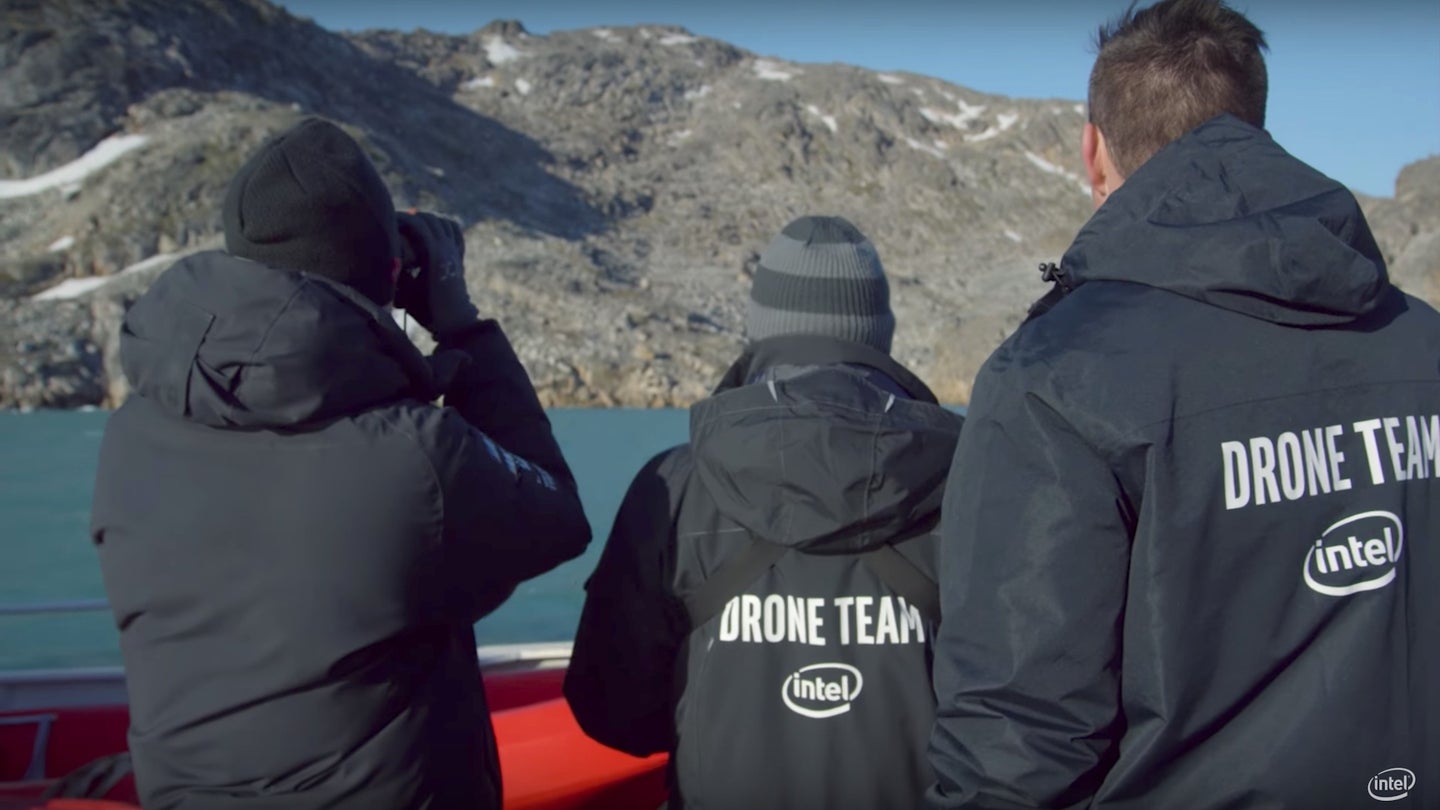Intel’s Drone Tech Can Help Reveal the Planet’s Wildlife to Us
Intel, in collaboration with various wildlife groups, will use drones and AI to collect and analyze data regarding our planet’s wildlife and the ecosystems they inhabit.

It was World Animal Day on Tuesday, which provided the perfect showcase for Intel to promote its drone technology—and how it could potentially illuminate the planet's wildlife more informatively. It's not just that the drone footage is stunning and aesthetically pleasing; researchers and experts in the field can actually use the captured data to learn more about the animals and the habitats involved.
According to Fast Company, Intel’s new AI systems and drone technologies work in tandem to record, process, and analyze aerially captured footage, which provides scientists with details related to behavioral patterns and ecological information. What does this process look like? Intel graciously produced a little promotional video that follows wildlife photographer Ole Jørgen Liodden and his Polar Bears & Humans Project group on a drone-assisted arctic glacier mission. Have a look!

Similarly, the Snotbot Project, Parley for the Oceans, and the Ocean Alliance have reportedly come together to further research regarding whales. Snotbot gets its name from the whale’s blowhole excretion—a goldmine for biological data such as DNA, hormonal info, bacteria, and more. The collected data is ultimately forwarded to Intel Xeon-based machines that can identify a given whale via pattern-recognition, in order to assess its health. Here’s an aerially captured piece on this process:

Alyson Griffin, Intel’s vice president of global marketing, is trying to assuage AI-based fears and paranoia. In her opinion, artificial intelligence could change the world in relation to how we do business, and how we operate in society. She says that Intel wants to "begin to change perception of ‘machines taking over’ and demonstrate that they are used effectively today for generating insights that more efficiently run business, advance healthcare, and more.”
Griffin believes that the combination of drones and artificial intelligence could change the whole landscape of our lives, saying, “Technologies such as drones and artificial intelligence are being used to address old problems in entirely new ways in industries from agriculture to manufacturing, healthcare, financial services and many more. It’s important for our business, but it is also important as we look to (sic) at the impact technology can have to better society.”
In regards to this last contention, we here at Aerial have seen examples evident of this industry-wide change on a regular basis. In agriculture, we’ve seen a company use drones to potentially plant thousands of seeds far more efficiently than without UAVs. In manufacturing, drones have been used to spot environmentally damaging manufacturing practices in China. How about healthcare? Have a look at this heartbeat-detecting drone, or the Matternet delivery drone. Drones are being implemented in all sorts of ways in this modern world we inhabit; perhaps spotlighting our planet, and the animals we share it with, isn’t such a bad addition.
